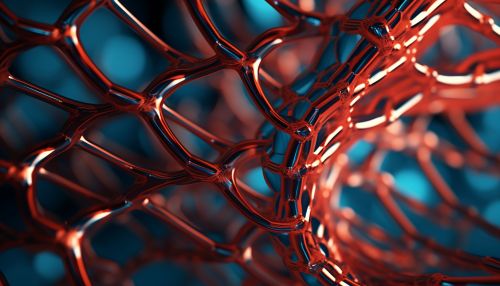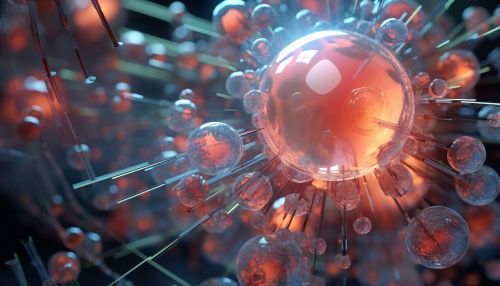Post-Translational Regulation
Introduction
Post-translational regulation is a critical aspect of protein synthesis and function. It refers to the changes that proteins undergo after translation, which can significantly affect their function, localization, and interaction with other cellular components. These modifications can be reversible or irreversible and can be crucial for the protein's function and the cell's overall health.


Types of Post-Translational Modifications
There are several types of post-translational modifications that proteins can undergo. These include:
Phosphorylation
Phosphorylation is one of the most common types of post-translational modifications. It involves the addition of a phosphate group to a protein, typically at serine, threonine, or tyrosine residues. This modification can alter the protein's function, stability, and interaction with other proteins.
Glycosylation
Glycosylation involves the addition of a carbohydrate group to a protein. This modification can affect the protein's stability, localization, and function. It is particularly important in proteins that are secreted or located on the cell surface.
Acetylation
Acetylation involves the addition of an acetyl group to a protein, typically at lysine residues. This modification can affect the protein's function and interaction with other proteins. It is particularly important in histones, where it can influence gene expression.
Methylation
Methylation involves the addition of a methyl group to a protein, typically at lysine or arginine residues. This modification can affect the protein's function and interaction with other proteins. Like acetylation, it is particularly important in histones, where it can influence gene expression.
Ubiquitination
Ubiquitination involves the addition of a ubiquitin protein to a protein. This modification can target the protein for degradation by the proteasome, regulate its function, or alter its localization.
Role in Cellular Function
Post-translational modifications play a crucial role in cellular function. They can alter protein function, stability, and localization, and they can regulate protein-protein interactions. These modifications can also influence gene expression, particularly in the case of histone modifications.


Role in Disease
Abnormalities in post-translational modifications can contribute to disease. For example, hyperphosphorylation of the protein tau is a hallmark of Alzheimer's disease, and defects in ubiquitination can lead to neurodegenerative diseases like Parkinson's disease. Understanding these abnormalities can provide insights into disease mechanisms and potential therapeutic targets.
Detection and Analysis
Several techniques are available for detecting and analyzing post-translational modifications. These include mass spectrometry, which can identify the type and location of modifications, and western blotting, which can detect specific modifications using antibodies.
Conclusion
Post-translational regulation is a critical aspect of protein function and cellular health. Understanding these modifications and their roles in disease can provide valuable insights into cellular function and potential therapeutic strategies.
